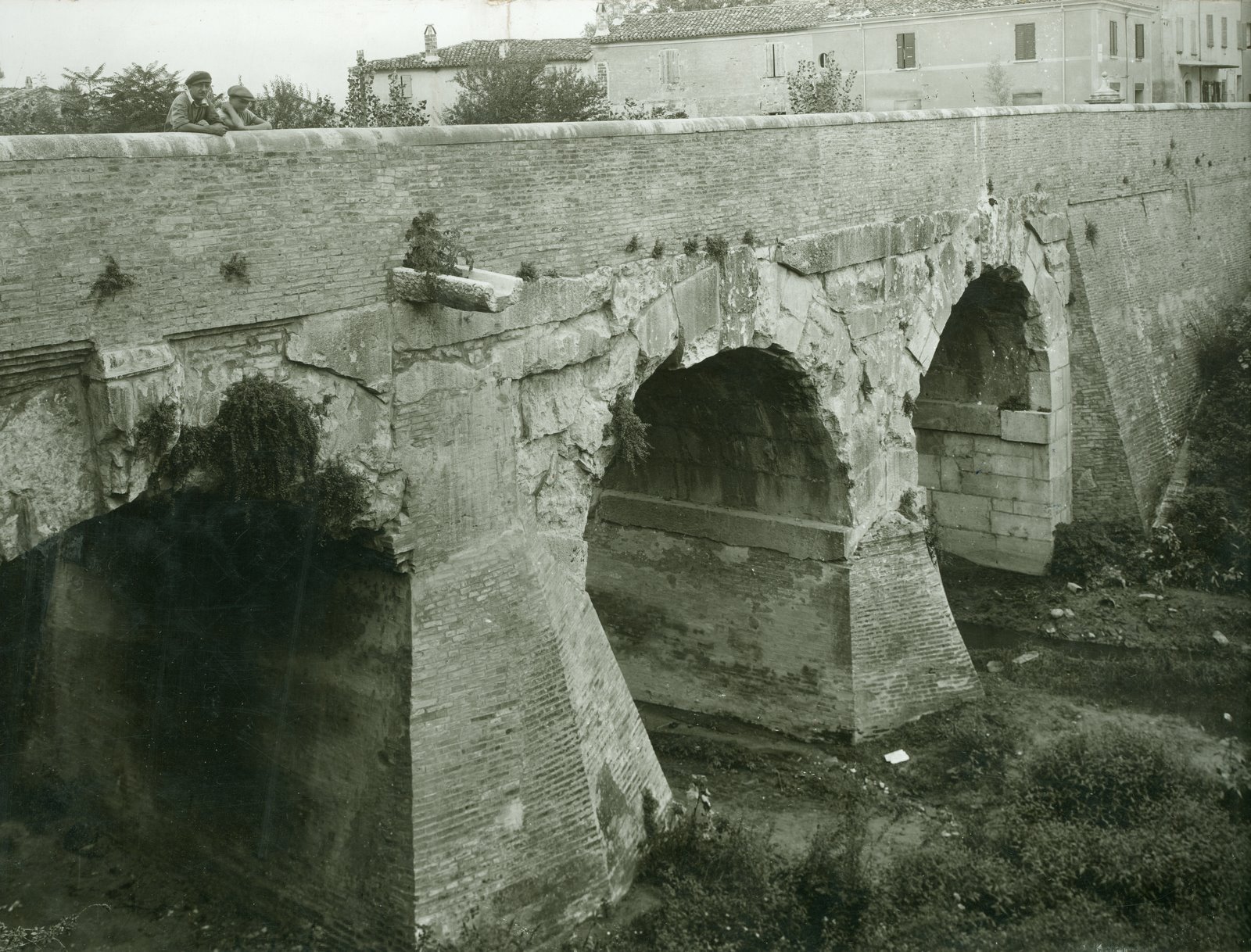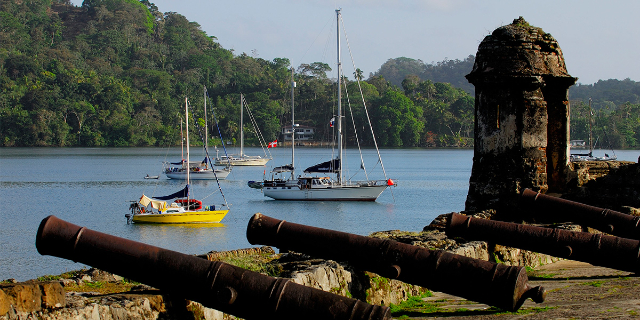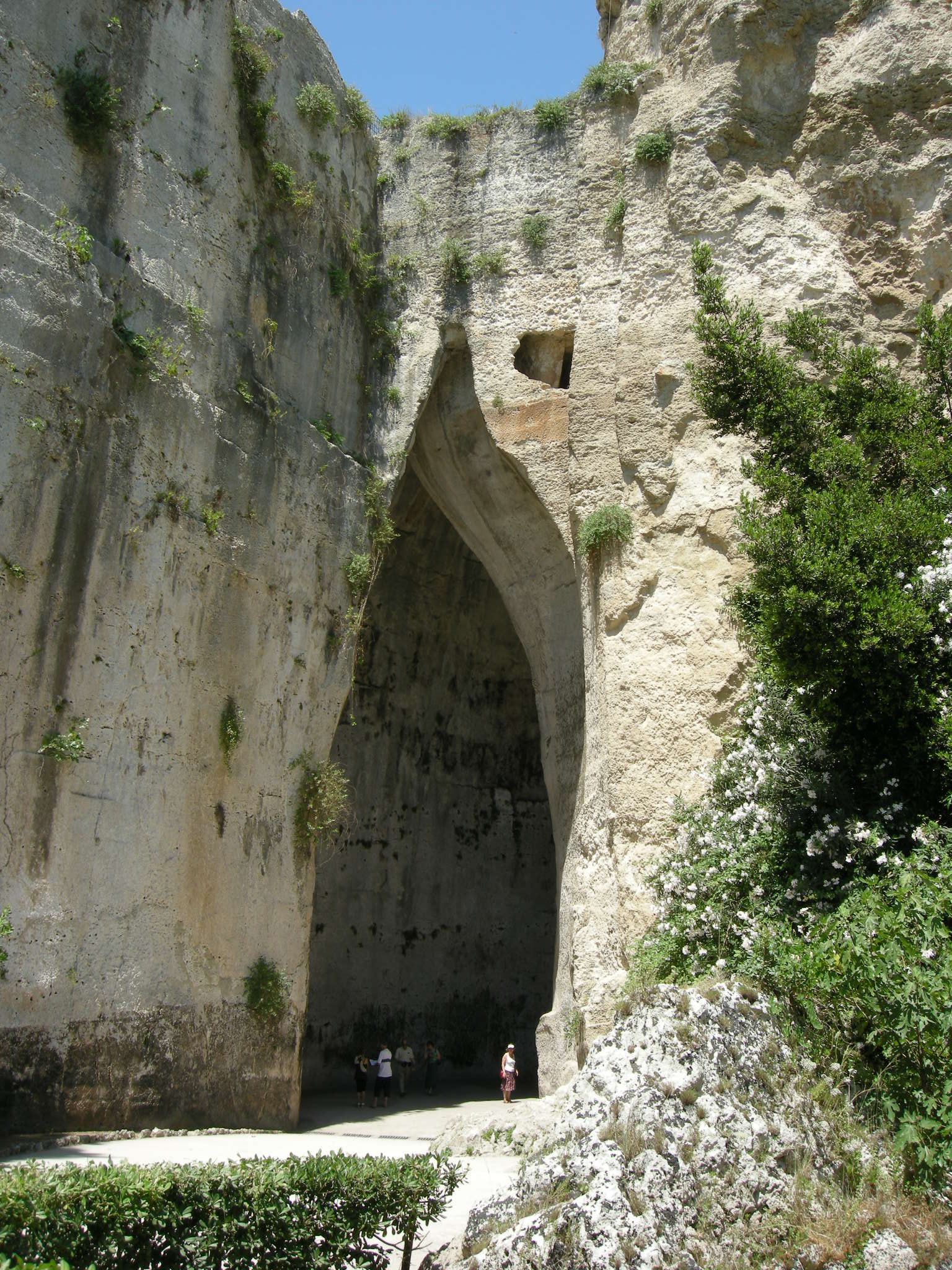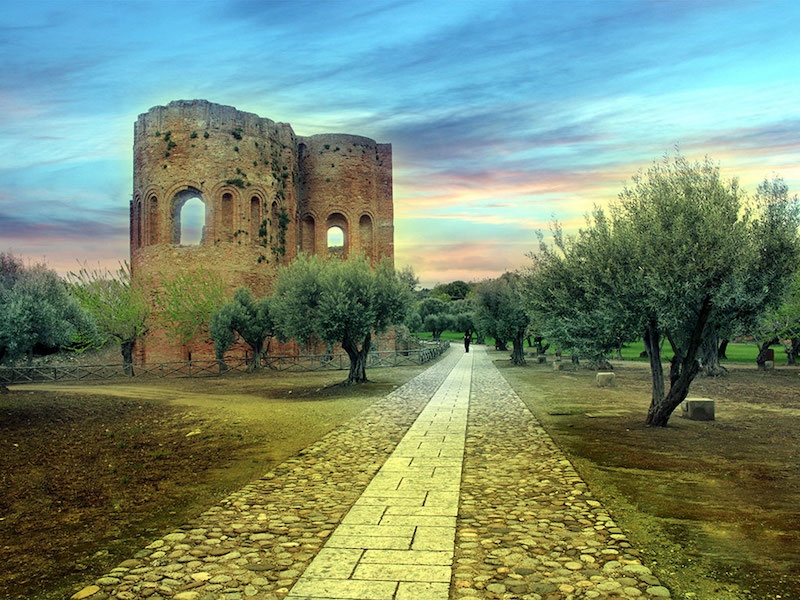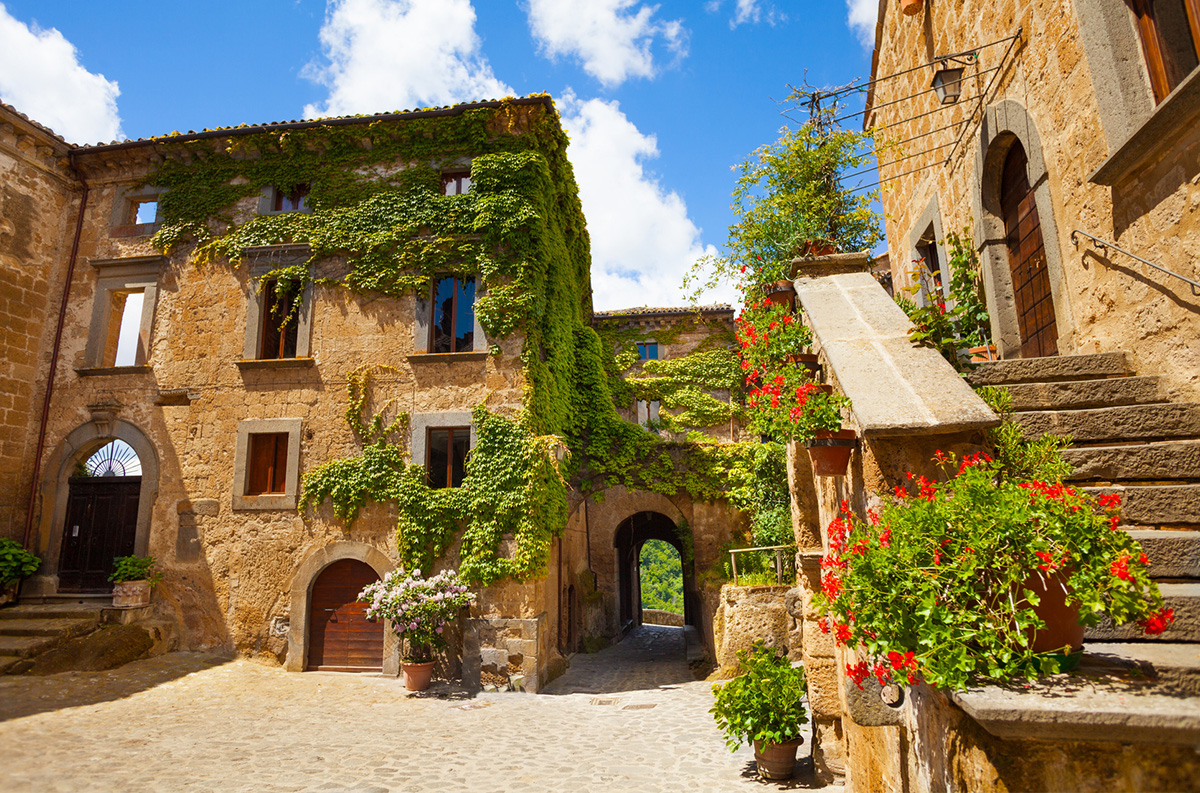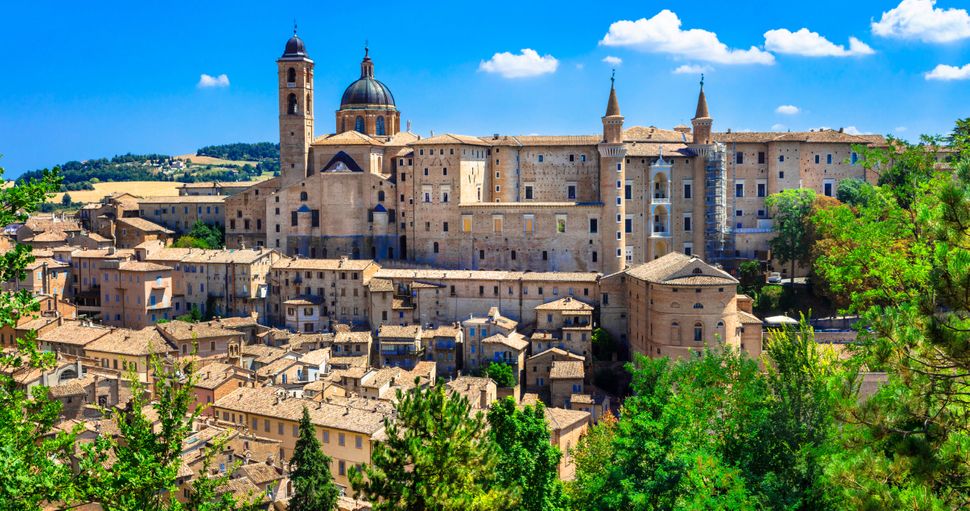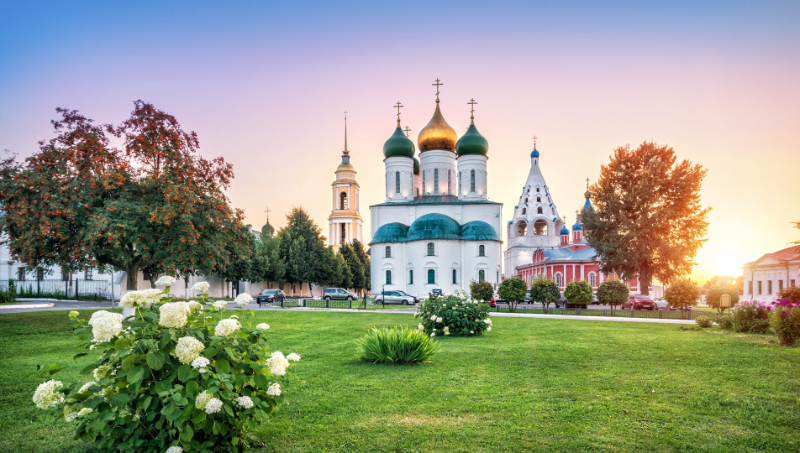<p>"The die is cast" (Il Dado è Tratto) ,This is the phrase Julius Caesar uttered as he crossed the Roman Bridge over the Rubicon River at Savignano sul Rubicone.</p>
<p>The three-arched Roman bridge that connects the two banks of the Rubicon è the oldest monument and the very symbol of the city of Savignano. Unfortunately, the date of its construction is unknown. It was defined as "consular", then rebuilt in the Republican period, by many historians, some of whom date it to the same year as the construction of the Via Emilia (187 BC).According to others ( R. Guidoni, G. Zampanelli) it should instead be attributed to the beginning of the Imperial period and precisely to Octavian Augustus, of whom we know that he had the Via Emilia restored and initiated in Rimini the construction of the stone bridge over the Marecchia, later completed by his successor Tiberius.</p>
<p>More recent studies, such as those by A. Baldoni (1979) and E. De Cecco (1997) on the basis of precise technical comparisons with other Roman bridges whose dating is known, propose for the hypothesis that the construction took place in the Republican period (1st century B.C.) ; therefore, the Roman bridge in Savignano would be moreù ancient than the one in Rimini.From a technical point of view, we observe that the bridge of Savignano è built with large blocks of Istrian stone (a compact and resistant, fine-grained limestone, which cannot be found in the area and was therefore imported, probably by sea). It consists essentially of three arches, made up of large trapezoidal boulders; the arches rest on two central piers, below which is a vast slab (i.e., a flat surface) of pink marble slabs, which is not currently visible because it is covered by river deposits, but which was brought to light in excavations carried out in 1937.</p>
<p>The measurements of the bridge were described as follows in Superintendent Aurigemma’s technical report of that same year: It is a total of 24.20 m. long between the impost of the arch that rests on the abutment towards Savignano and the impost of the opposite arch, which rests on the abutment towards Bologna. The spans of the ‘arches measure on average m.6.50 the piers have at the impost a width of m.2.38 and a depth of m. 6.20; the height of the key of the archive on the floor slab è of m.8.25.The Roman bridge subì over the centuries various vicissitudes and modifications. In 1431 the army of the Hungarians triedò to destroy it with fire; fortunately they did not succeed, but it was necessary to provide for restoration; on that occasion the supporting piers were covered with a brick reinforcement.In 1450, Sigismondo Pandolfo Malatesta, lord of Rimini, who was raiding everywhere for marble for the construction of the Malatesta temple , had the marble abutments (parapets) of the Savignano bridge removed, replacing them with others, probably made of brick.</p>
<p>Between the 14th and 17th centuries various structures were superimposed on the bridge, including the two towers, which also served as gates for entry into the castle from the west side. After withstanding many atmospheric and historical events for twenty centuries, the Roman bridge at Savignano was blown up, using explosive charges, by the retreating German army in September 1944.</p>
<p>In its place, an iron Bayley Bridge was provisionally built by the Allies. In the following years stone blocks were recovered with which, between 1963 and 1965, reconstruction was undertaken, which was done using only the pre-existing materials and supplementing the missing ones with concrete mix. The choice was made to eliminate any superstructure subsequent to the Roman period; therefore, the street surface was paved with porphyry cubes, provided with sidewalks and limited by an iron balustrade, replacing the pre-existing brick shoulders; likewise, the brick facing around the two central pillars was not reconstructed.</p>
